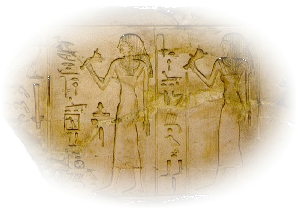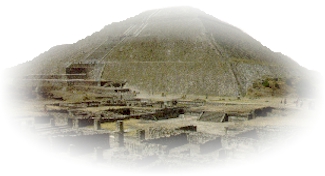|


"Time
laughs at all things, but the pyramids laugh at Time"

|
The pyramids of Egypt
have fascinated people for thousands of years. The most famous pyramids
are the three at Giza, near modern Cairo. But there are more than 80 other
pyramids in Egypt, and another 100 further south in the Sudan. Each one is
a tomb, built by a pharaoh (king) as the final resting place for his body.
The pyramid was meant to help the dead pharaoh achieve eternal life. But
we may never know why the Egyptians chose the pyramid shape. It may have
developed from early burial mounds, or been a symbol of the sunís rays
or a stairway to heaven. Many centuries later, the people of Central
America also built pyramids, mainly as temples. Hundreds of these are
still hidden in the deep jungles.
|
The
pyramid lives on . . . |
Four and a half thousand years after the
Great Pyramid rose on Egyptís desert horizon, a different kind of
pyramid is appearing on city skylines. Modern pyramids are not made of
millions of tonnes of stone. It does not take thousands of workers to
built them, and they represent big business, not the spiritual realm of
the dead. There is something special about the pyramid shape that has
inspired architects, artists, and designers throughout history.
Since 1935, the US one dollar bill has
included a picture of a pyramid from the Great Seal of the United States.
It represents permanence and strength. The all-seeing eye of god looks out
from the pyramidís summit. The Latin motto refers to the beginning of a
new era after the Declaration of Independence in 1776. The 13 rows of
bricks at the pyramidís base stand for the 13 original states.
|